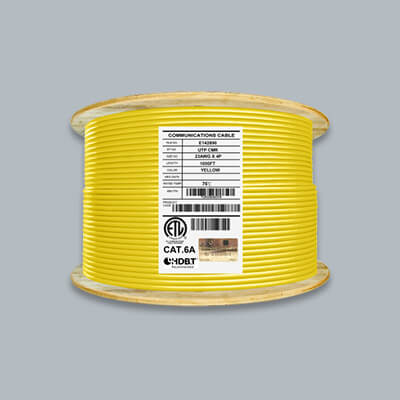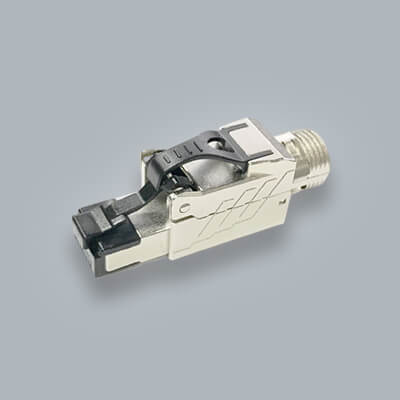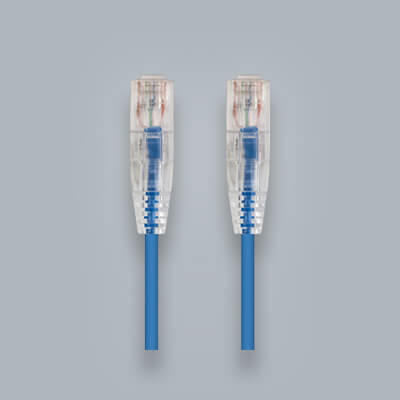What is Insertion Loss?

Ever experienced loss of signal when you plug something in to a device? It's a frustrating phenomenon for anyone who has had it happened to them. In telecommunications especially network cable this can be an issue that affects the over all performance of cabling. This occurrence is called insertion loss and we'll cover everything there is to know about it.
What Is Insertions Loss?
Insertion loss in ethernet cable is the loss of signal strength when you insert a device in the transmission line. The results of insertion loss are typically measured in decibels (dB). For network cable the best way to test insertion loss is through a DCM testing machine. A DCM machine tests finished cable for various performance characteristics such as return loss, insertions loss, near end cross talk, propagation delay and many other tests. DCM is a testing method that is usually done on the manufacturing side as it looks to test the cables itself, without any additionally connectors.
The other way to test for insertion loss is using a Fluke tester. This is a portable hand held device that can be used to test ethernet cables with RJ45's and keystone jacks attached to them. It's a great tool for installers to see the performance of the cable channel, including insertion loss.
The characteristics tested on ethernet cables are commonly listed on cable spec sheets for reference. See Cat6 Riser specs for reference.
All these test types such as crosstalk and insertion loss cover different attributes of ethernet cables. Some measure interference and some measure signal strength. This is why insertion loss testing is important.
Insertion Loss Formula
Insertion loss is measured using the formula below.

The end result is a numbered decibels (dB) at various frequencies with the cable.
Now if you're not the one for tackling math equations the good news is that testing devices will calculate this for you. Now that we have the formula ready to use let us see what results will look like.
Insertion Loss Results
After running an insertion loss test from a DCM machine or even a fluke tester you'll end up with certain results. The decibels (dB) that are generated from an insertion loss test will provide you performance over certain frequencies of the cable.
It's important to state that the results of the testing will depend on your cables quality, type and even the cable with accessories used.
For our primary example we will base our insertion loss test results from a DCM machine because our focus is the cable itself. The results shown below are based on a solid UTP cable up to 328 feet (100 meters).

The outputted results show the cable being tested up to 550MHz and passing the insertion loss test. For a DCM machine the results aren't listed as absolute values so you'll see the graph from 0 to -60. The blue line is the mark where your cable will need to be and any results above the line are a pass.
Also for a fluke tester the results will be shown for example:

After you run a fluke test you'll be able to download a report that shows multiple testing parameters in a graph form.
The results for insertion loss are in absolute value numbers from 0 to 60. The results here below the red line are a pass.
How To Prevent Insertion Loss
Insertion loss is something we all want to avoid so what are some ways we can prevent this from occurring. Here are some best practices you can do to prevent insertion loss:
- Use Quality Cable. This is one of the first things you want to be doing when you are installing cable. A high quality cable will be solid copper, use the right amount of materials and certified. Here's more on this topic: What to look for in ethernet cable?
- Use The Right Cable Type In The Right Situation. There's actually certain ways to use certain types of cable. Stranded cable should be kept shorter in length and solid cable should be kept under 328 feet (100 meters).
- Proper Terminations. Bad terminations can actually be a cause for signal loss so make sure to double check that all you terminations are punched down and wired properly.
- Limit Amount Of Links In Cable Channel. Using too many devices and connectors can cause your signal to deteriorate and worse, not work. Try to limit the amount of connectors on your cable path.
Final Thoughts
Insertion loss if one of the key tests done on ethernet cables. You can find the results for cables on their spec sheets and if they have fluke test reports listed. Insertion loss isn't going to be the first thing you want to consider when installing cables but it's important to keep it in mind when you plan your cable runs. By following some of the provided steps above you can get you cable network up and running with success.
Happy Cabling!





